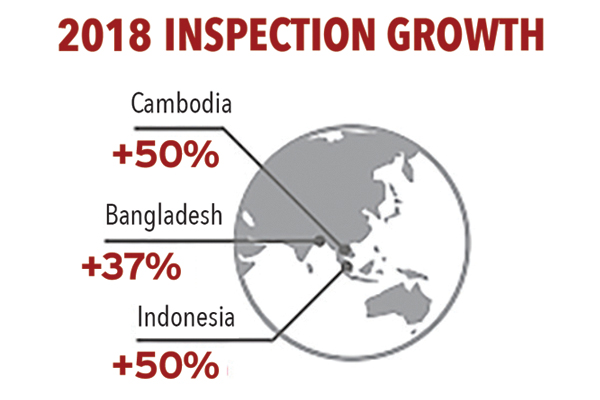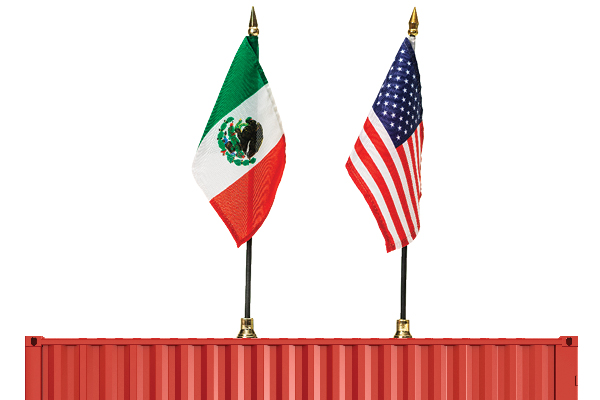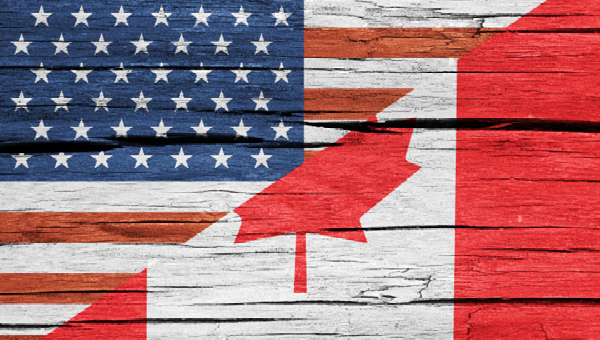Articles
Cross-border Trade
USMCA’s Impact on the Industrial Truck Industry
The United States Mexico Canada Trade Agreement (USMCA) is critical to ensuring a robust North American economy. The agreement, signed by the respective country’s presidents on November 30, 2018, modernizes and enhances trade relations between the three countries and is now pending ratification by each country’s legislature. Passage is crucial to maintaining a healthy U.S. […]
Read More
Don’t Gamble With Trade Compliance
Recent trends in tariffs, enforcement, and e-commerce shipping complicate the international trade landscape. To avoid significant fines, businesses must learn to dot every i and cross every t in the compliance process. Even existing allowances and privileges are being threatened, challenged, or taken away from shippers who violate trade regulations, creating an immediate threat to profitability.
Read MoreNew Freight Train Could Boost Cross-Border E-Commerce in China
China is taking new steps to improve cross-border e-commerce, adding a new route to its China-Europe freight train service. The freight’s maiden voyage was from Zhengzhou to Liege in Belgium. The service, the first of its kind to depart from the capital of central China’s Henan Province, operates under customs surveillance code 9610. China’s General […]
Read More
Trade War Threatens Sourcing Ethics, Quality Control
The U.S.-China tariff standoff in 2018 triggered challenges to global sourcing and there may be subsequent threats to ethics and quality control, according to a recent report by global quality control and supplier compliance service provider QIMA. The geographic sourcing diversification movement away from China is already underway, confirms QIMA’s year-end survey of 100+ businesses […]
Read More
Shedding Light on New Tariff Impacts
Recent rulings have you tariff-ied? Relax. These steps will guide your way.
Read More
U.S.-Mexico Trade: Strong But Shifting
Each year, billions of dollars of goods flow between Mexico and the United States. Trade between the countries shows no signs of slowing, but will recent events alter the flow?
Read MoreMoving Cross-border Shipments
As your suppliers and customers become more geographically diverse, more of your supply chain and customer experience depends on moving shipments through Customs accurately and without delay. 1. Create a dashboard for incoming orders. A visual tracker of inbound shipments may help simplify the importing process. Tracking where orders and shipments are while in transit, […]
Read More
Canada and the United States: A Resilient Relationship
The United States and its northern neighbor remain trading partners with staying power.
Read More
UPS Ups Cross-Border Investment
To support commercial and residential commerce in the growing North America Borderplex, UPS will develop a new package operations center there. The strategic investment serves a manufacturing region that stretches across Texas, New Mexico, and Ciudad Juarez, Chihuahua, Mexico. The North American Borderplex area is home to 2.5 million people and one of the world’s […]
Read More
Transportation Management at the Border – Landstar
Q: How have trends in U.S./Mexico cross-border operations shaped today’s supply chain? A: There is a continuous rebalancing that occurs within the U.S./Mexico cross-border transportation services environment. For years now, there has been an imbalance of freight shipments moving north to the United States vs. freight moving south into Mexico. Some of this is attributable […]
Read More